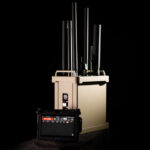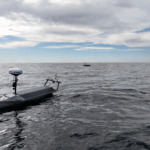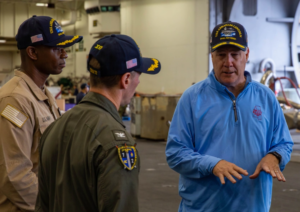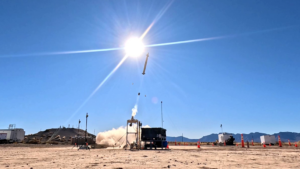
DHS S&T Expands Pilot Testing of Cyber Security Tech for 911 Infrastructure SecuLore Solutions has received funding from the Department of Homeland Security Science and Technology Directorate to expand pilot testing of the Maryland-based company’s cyber security defense solution to detect and mitigate cyberattacks against legacy emergency communications systems and new next-generation 911 and internet protocol-based technologies. SecuLore has added new capability to its existing cybersecurity solutions to provide near-real-time behavioral threat analysis of the traffic hitting an emergency communications…

 By
By 











